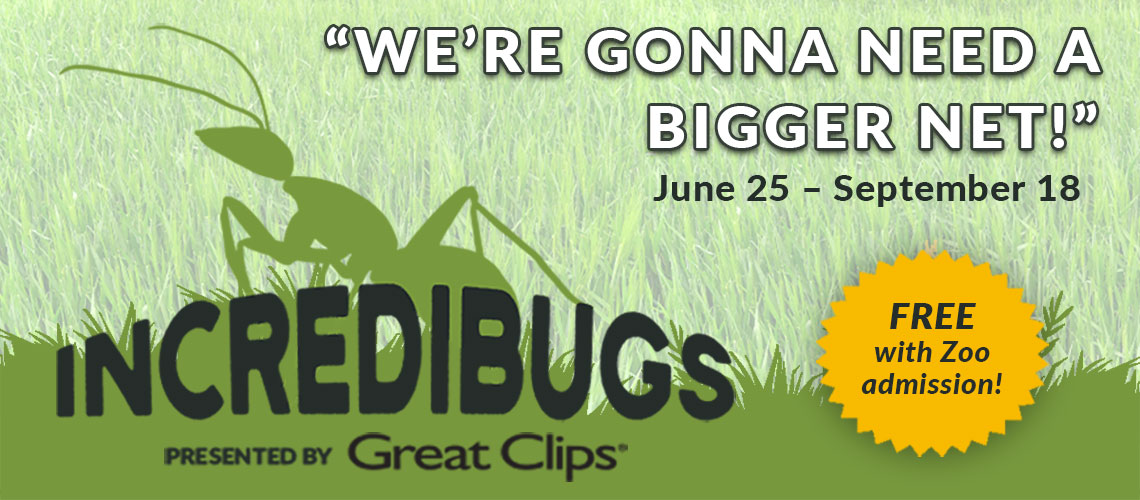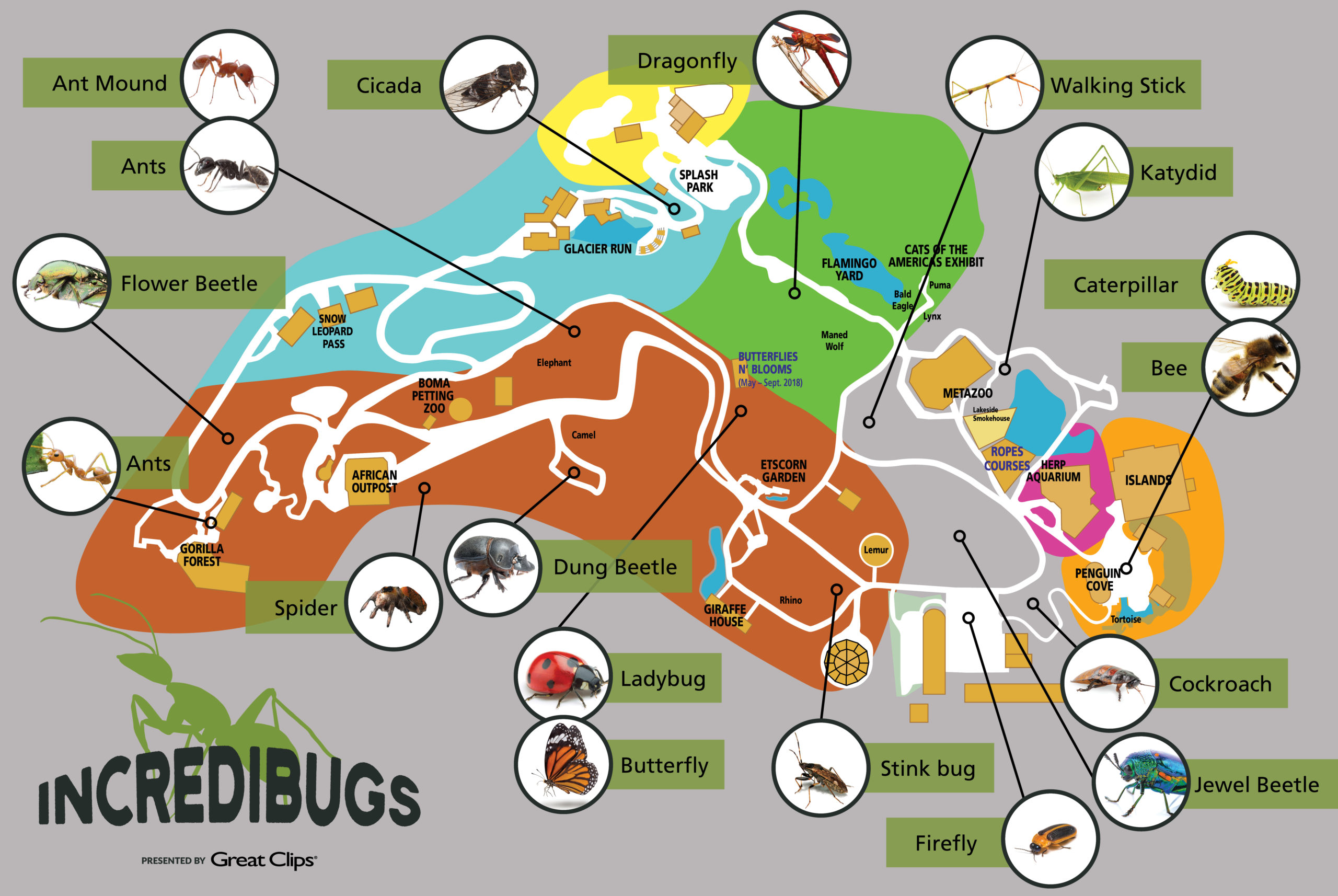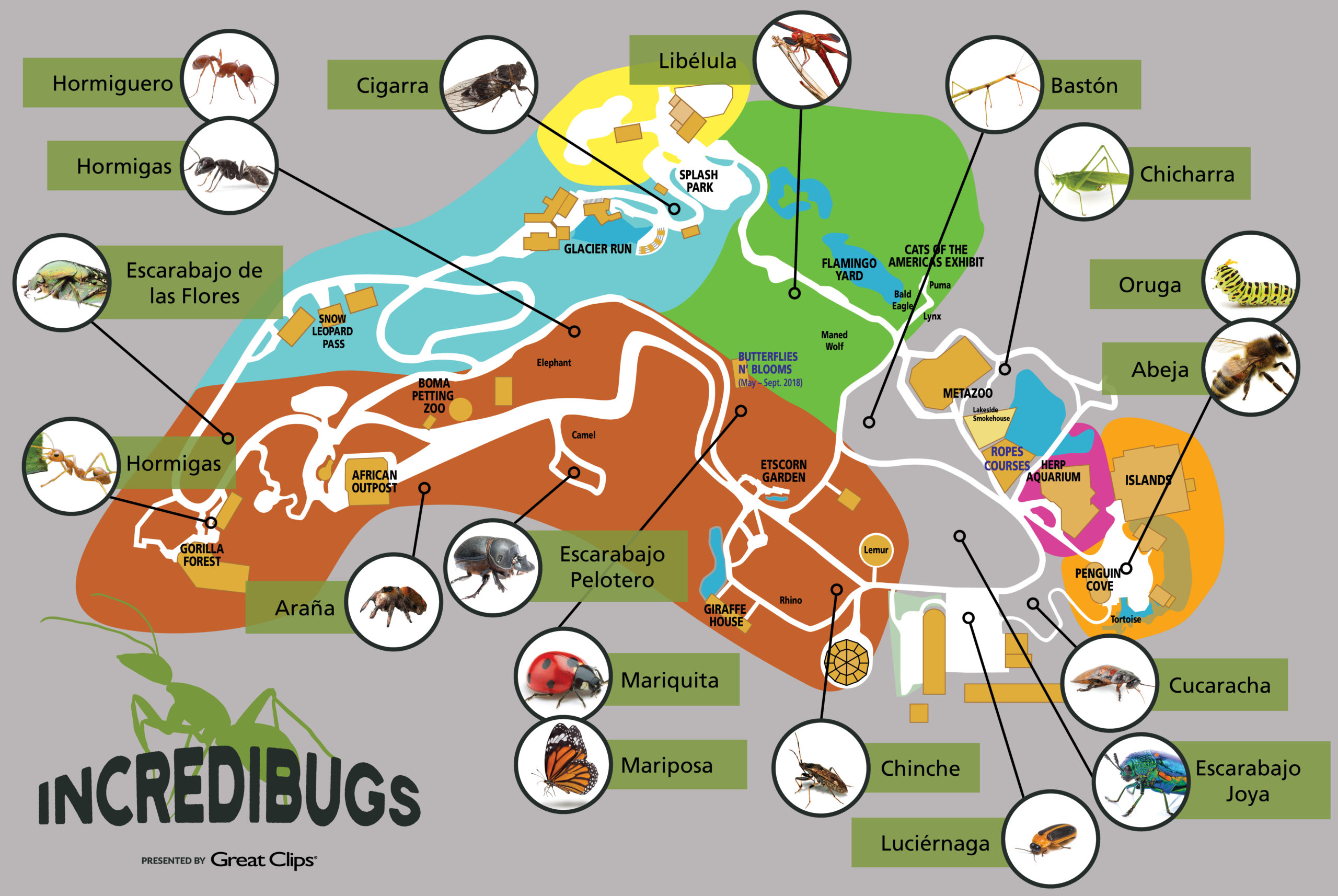THIS ATTRACTION HAS CLOSED
June 25 – Sept. 18, 2022
Giant Bugs Take Over the Zoo
Everyone is buzzing about our newest exhibit! Join us at the Zoo to experience “IncrediBUGS,” a seasonal exhibit sponsored by Great Clips. IncrediBUGS features 19 larger-than-life animatronic insects that will be stationed all around the Zoo starting Saturday, June 25 through Sunday, Sept. 18. IncrediBUGS is FREE with Zoo admission or membership.
Gaze upon a truck-sized ladybug; stroll among enormous monarch butterflies; and encounter our 15-foot dancing peacock spider — if you dare!
Immerse yourself in the insect world, and engage with these amazing, beneficial, and yet often misunderstood creatures.
BEE sure to stop by the Zoo and marvel at these incredible and incredibly important animals.
Cicada |
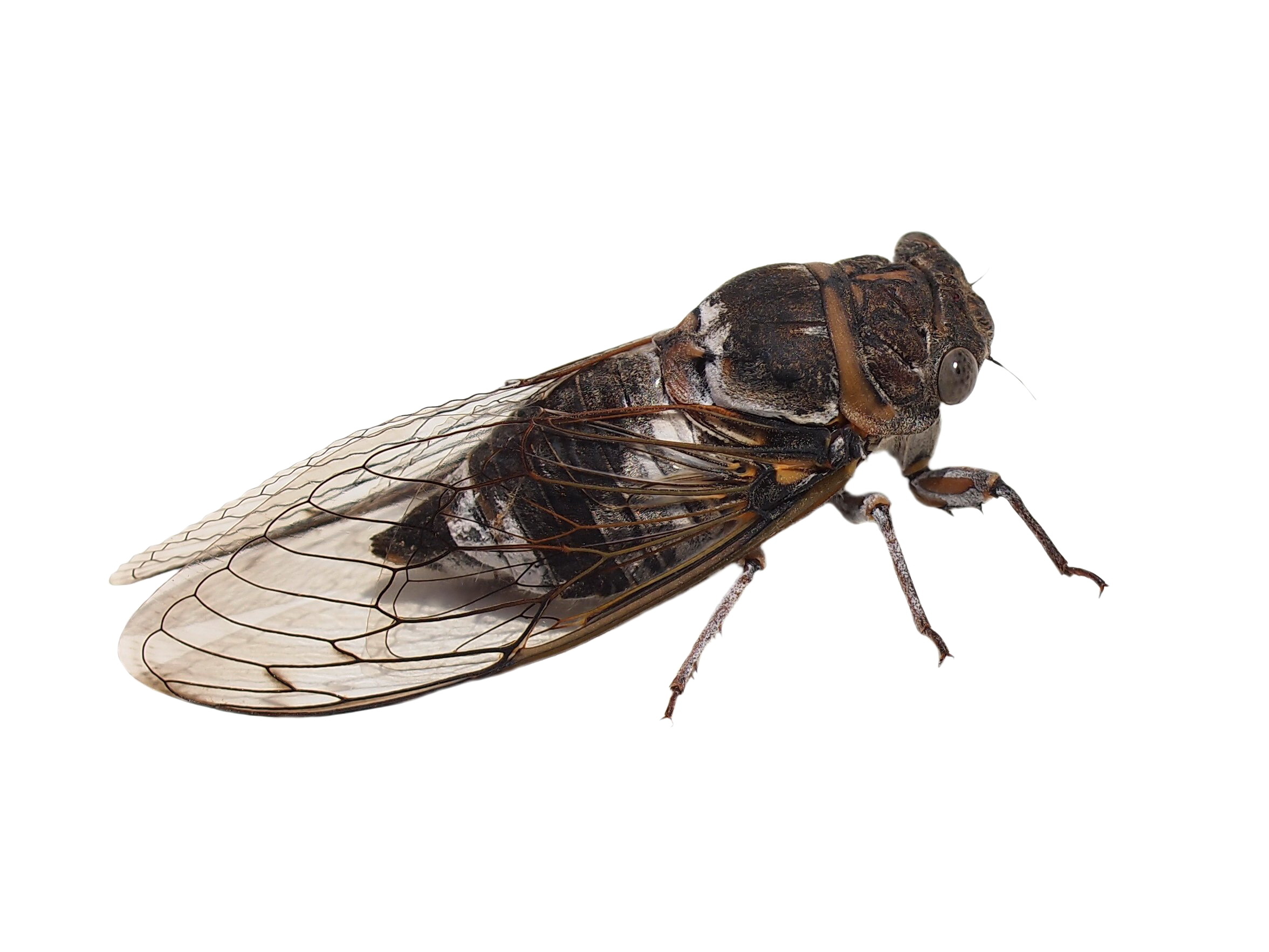 |
| Scientific Name: Superfamily Cicadoidea Location: Every Continent but Antarctica Typically found: Underground or in trees Fact: Cicadas have some of the longest lifespans of any insect, but spend a very small percentage of their life above ground. |
Dung Beetle |
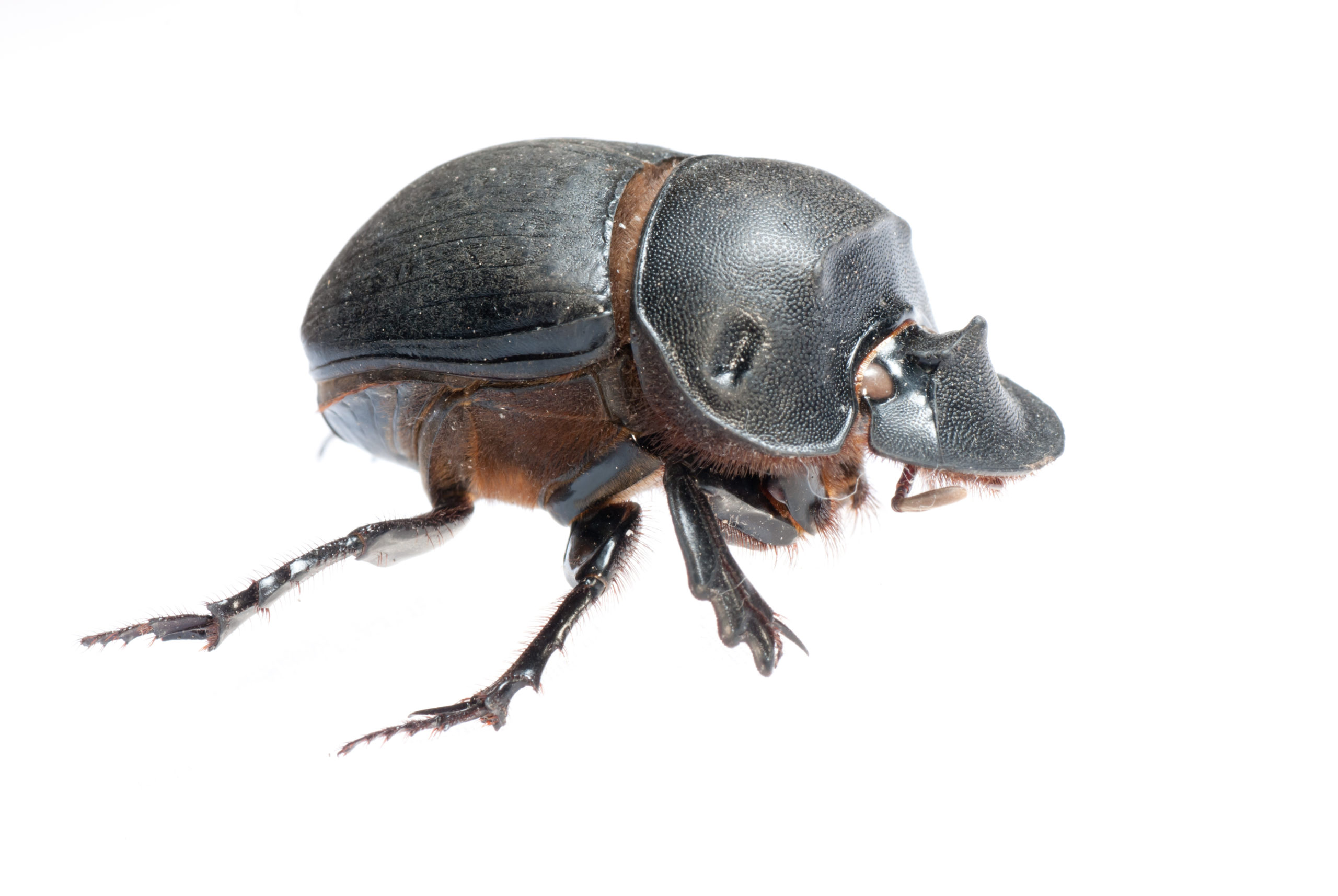 |
| Scientific Name: Family Scarabaeidae Location: Every continent but Antarctica Typically found: Farmland, forests, grasslands, and deserts Fact: Dung beetles eat poop but they are very particular about it and often times develop a preference for the feces of specific species while avoiding the feces of others entirely. |
Firefly |
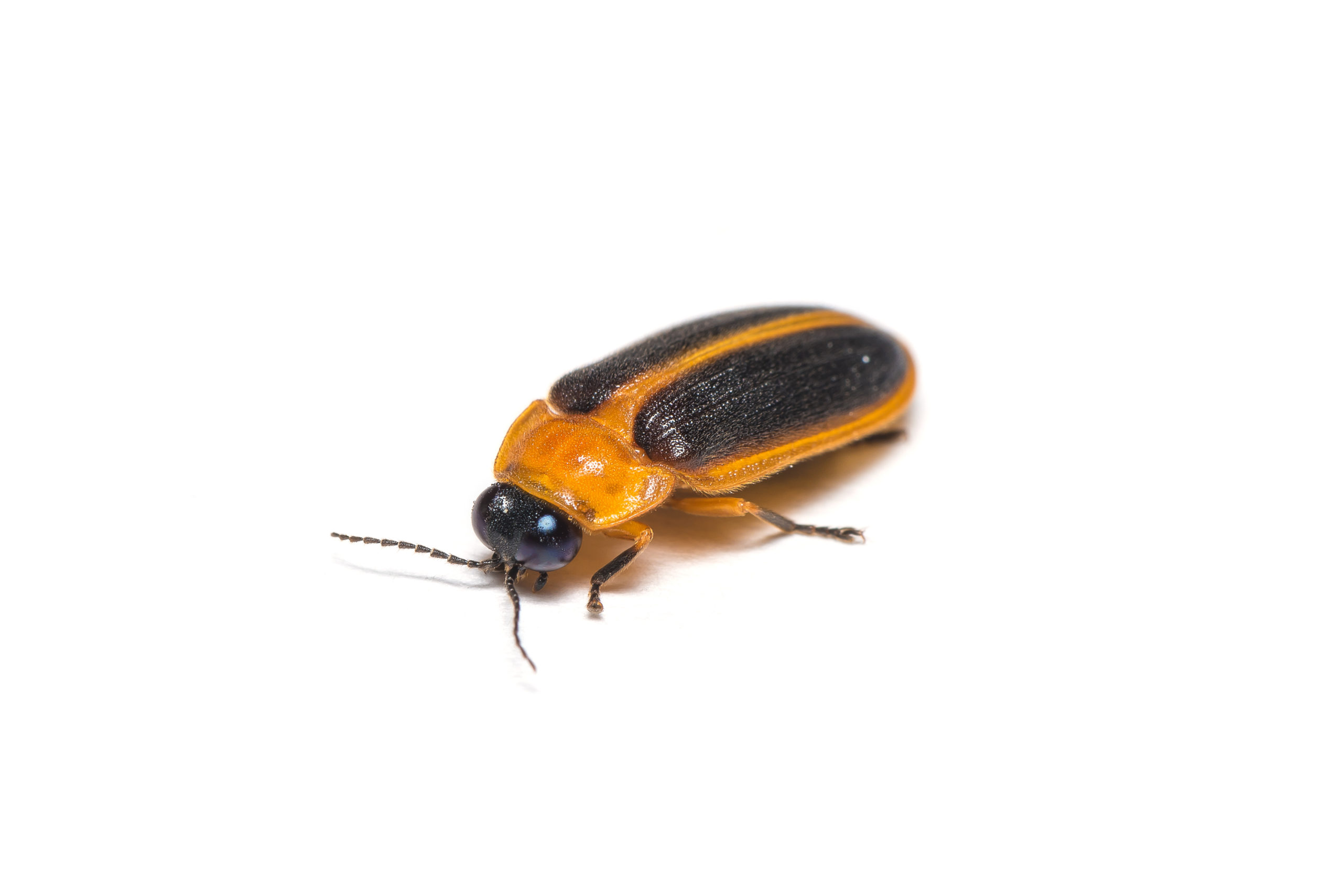 |
| Scientific Name: Photinus Pyralis Location: Every continent but Antarctica Typically found: Meadows, grasslands, and fields Fact: There are over 2,000 different species of fireflies, each with their own pattern of light flashing. |
Flame Skimmer Dragonfly |
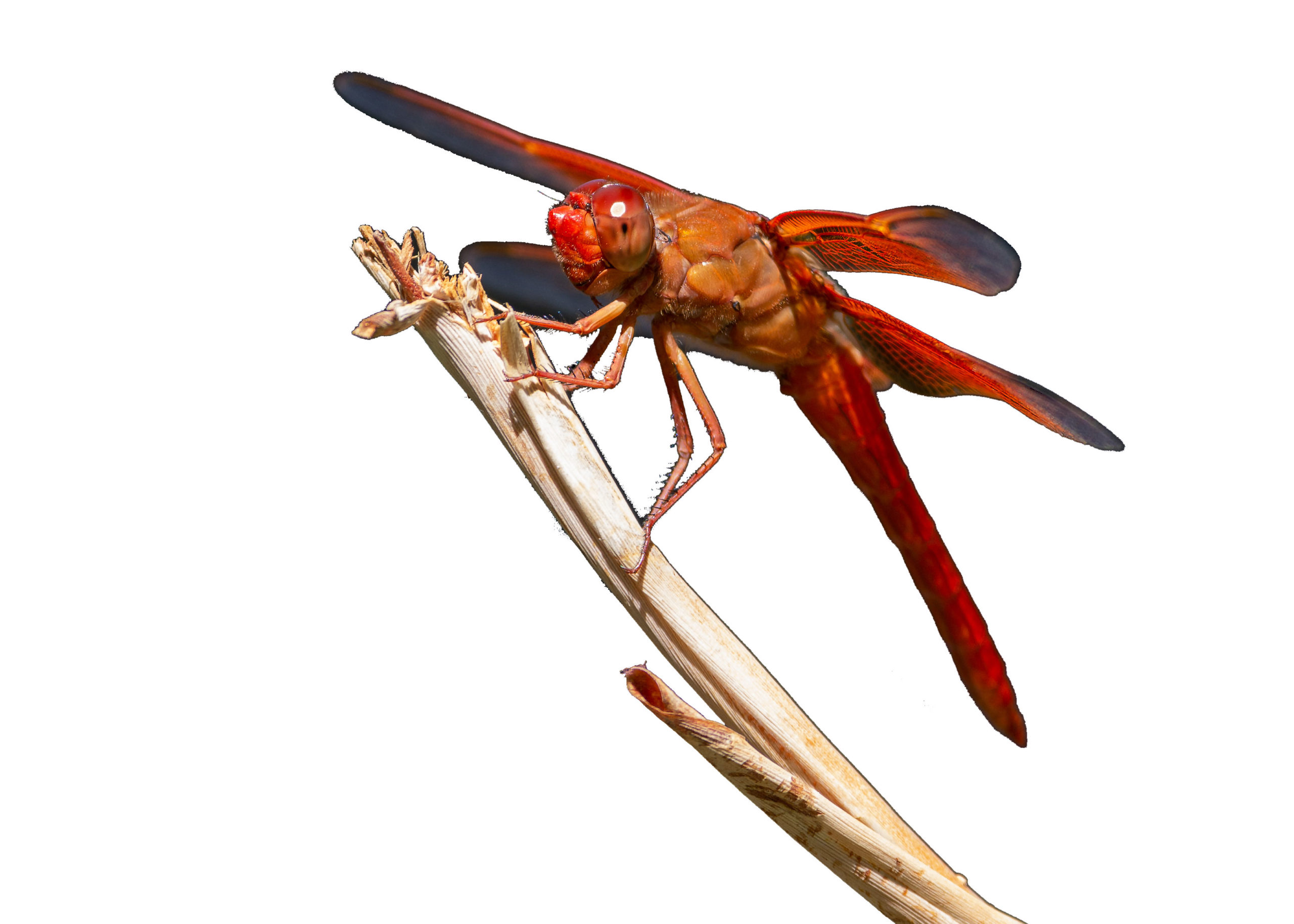 |
| Scientific Name: Libellula saturata Location: Western United States Typically found: Around bodies of water Fact: Dragonflies actually date back to before the dinosaur age. |
Flower Beetle |
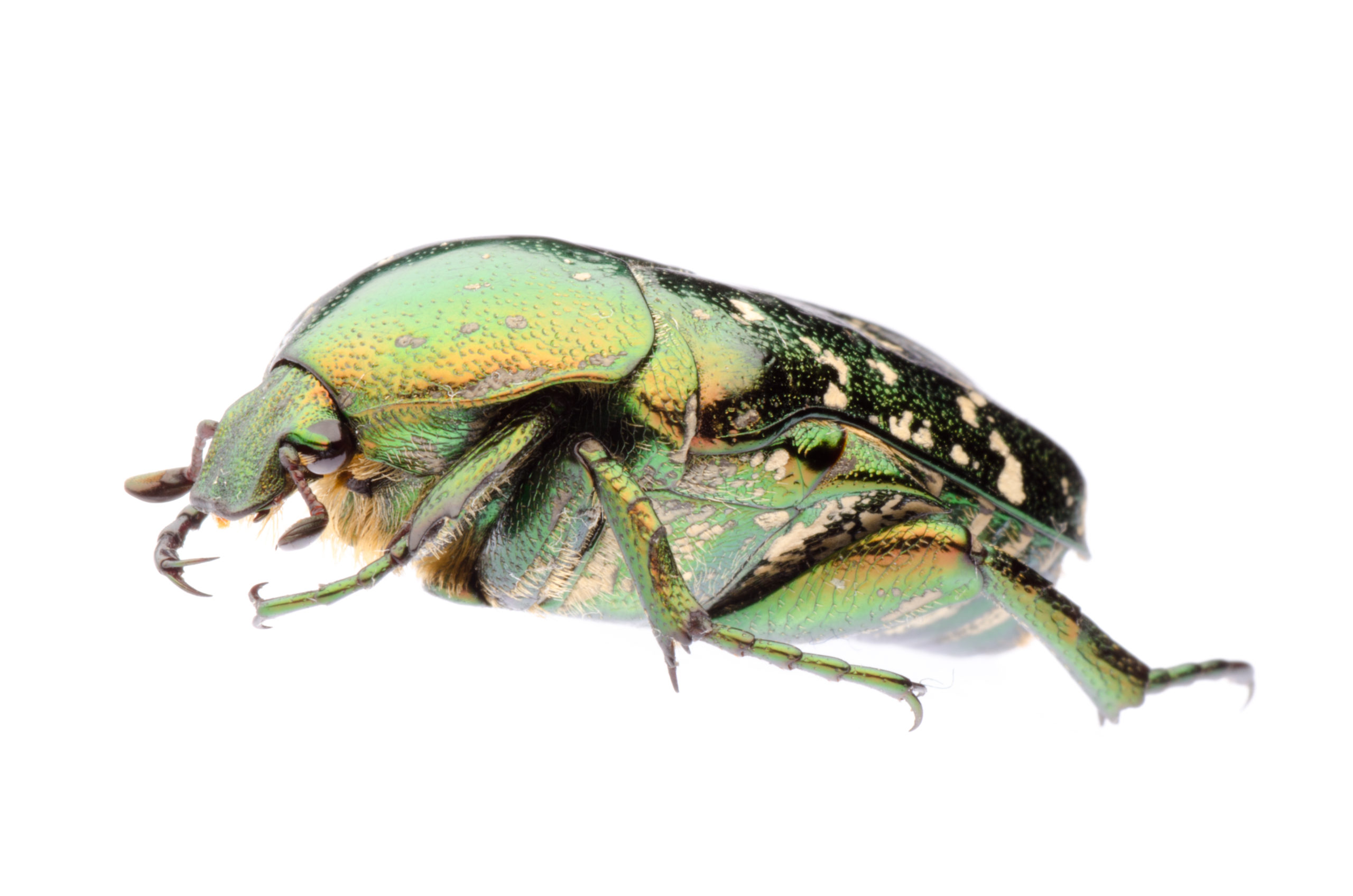 |
| Scientific Name: Order Coleoptera Location: Every continent but Antarctica Typically found: Meadows and fields Fact: Beetles are incredibly important pollinators! Though often overshadowed by bees, beetles pull their own weight and help to pollinate our environment. |
Hissing Cockroach |
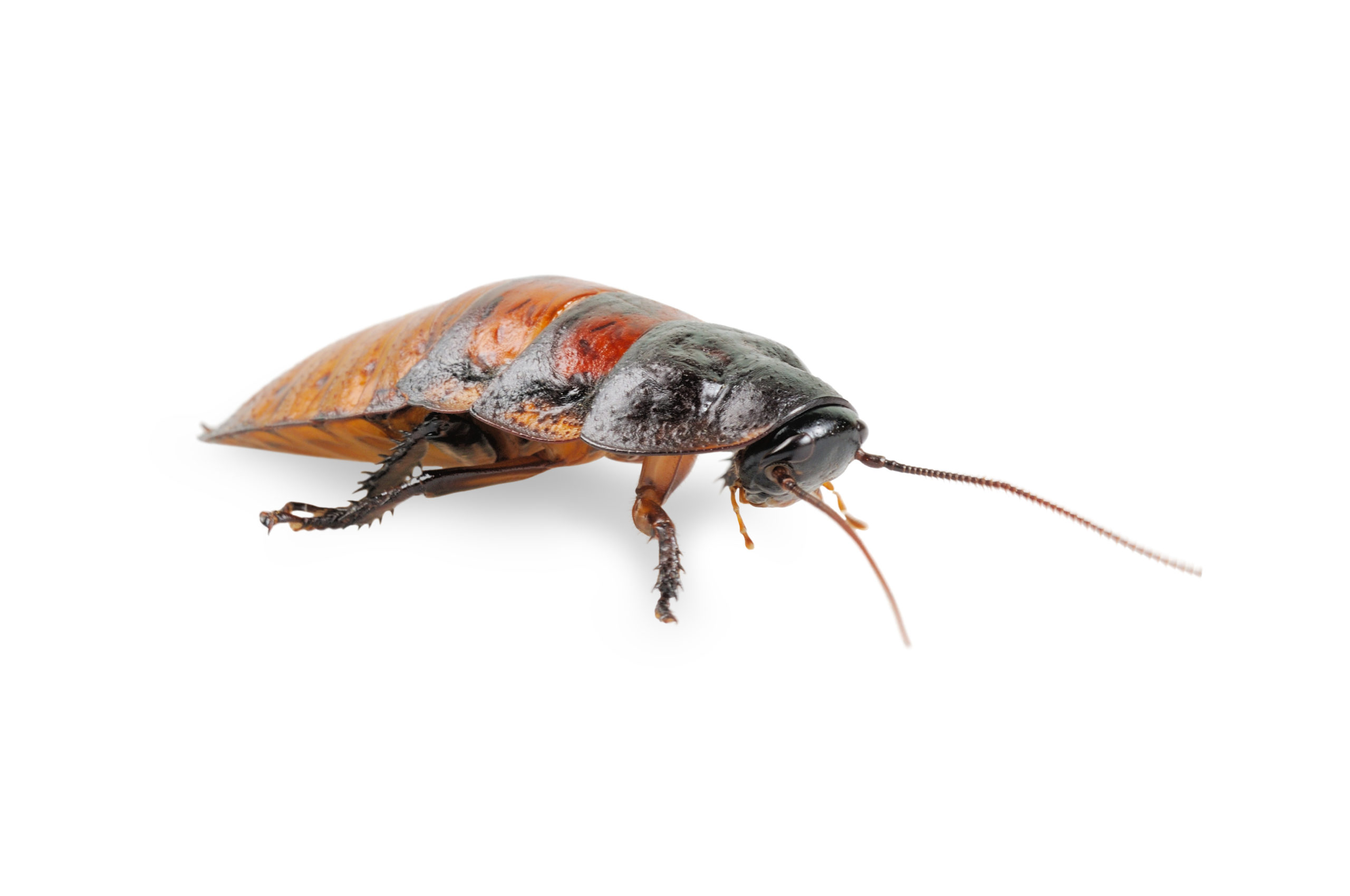 |
| Scientific Name: Gromphadorhina portentosa Location: Madagascar Typically found: Forests Fact: Hissing cockroaches are some of the biggest roaches in the world with some reaching a length of over 3 inches! |
Honey Bee |
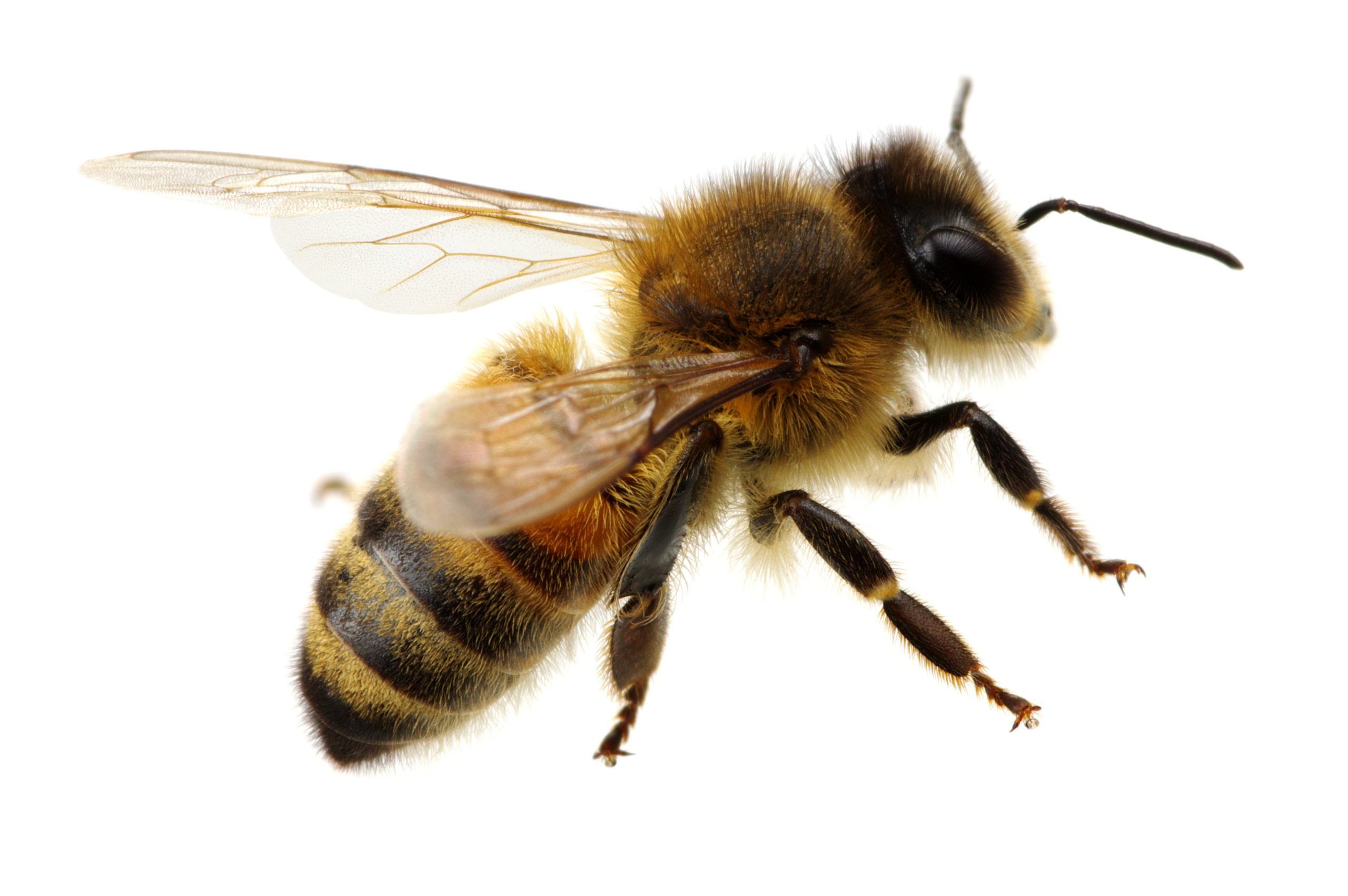 |
| Scientific Name: Apis mellifera Location: Every continent but Antarctica Typically found: Meadows and fields, wherever there are flowers Fact: Bees can fly at about 20 MPH. |
Jewel Beetle |
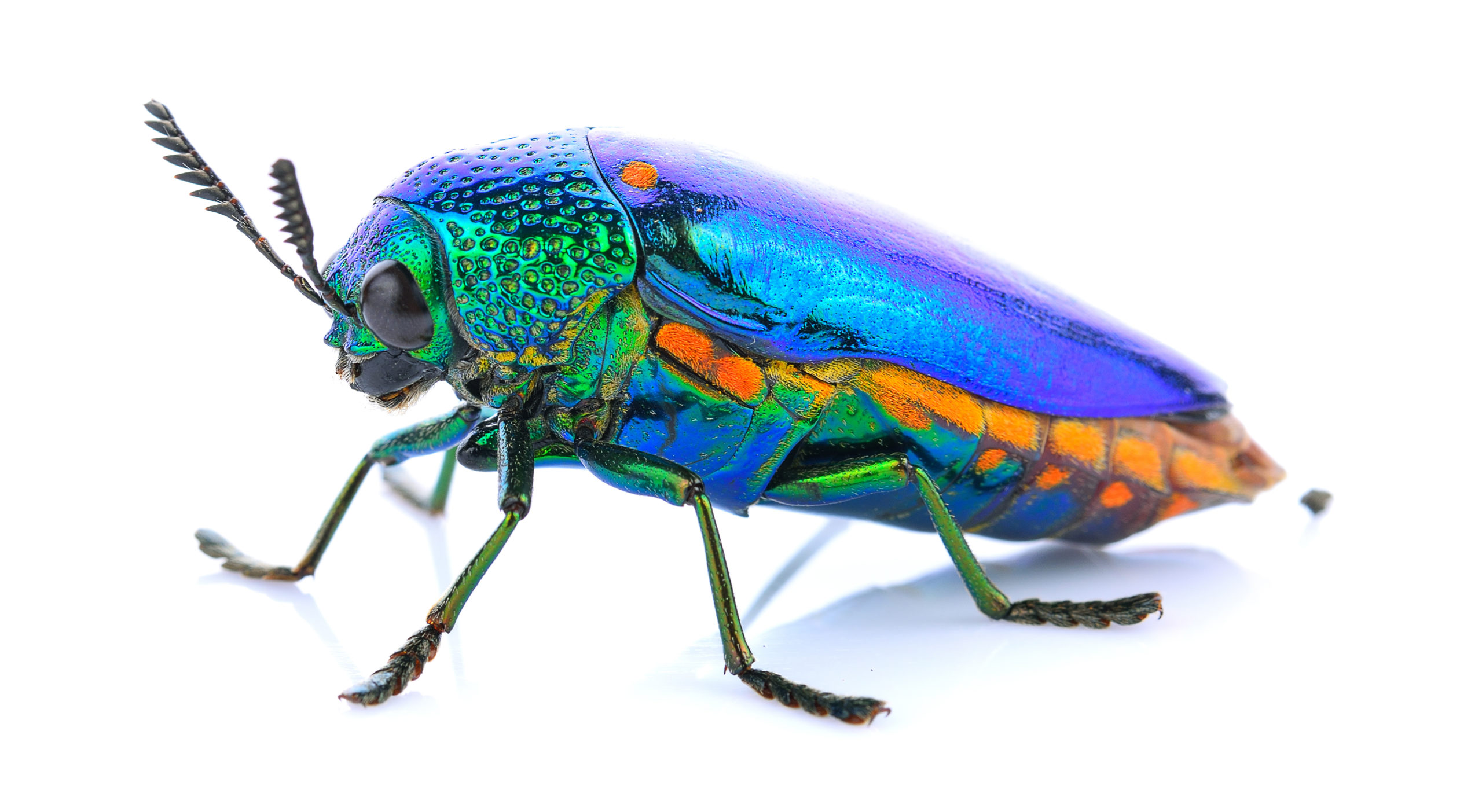 |
| Scientific Name: Family Buprestidae Location: Every continent but Antarctica Typically found: Forests and woodlands Fact: The largest species of jewel beetle is the giant jewel beetle, which routinely reaches over 30 mm. |
Ladybug |
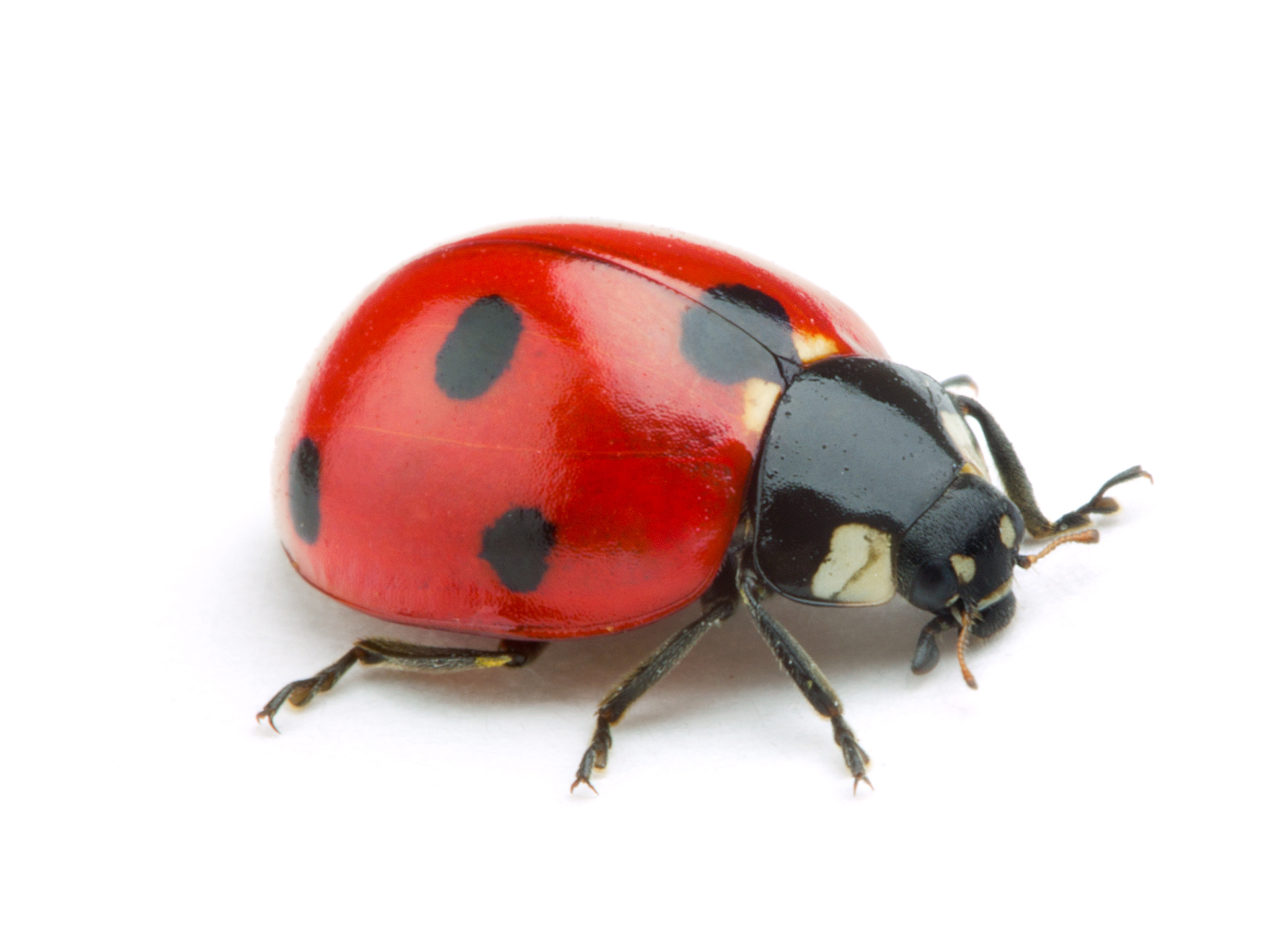 |
| Scientific Name: Family Coccinellidae Location: Every continent but Antarctica Typically found: Forests, gardens, weed patches Fact: Ladybug’s jaws chew from side to side instead of up and down |
Leafcutter Ant |
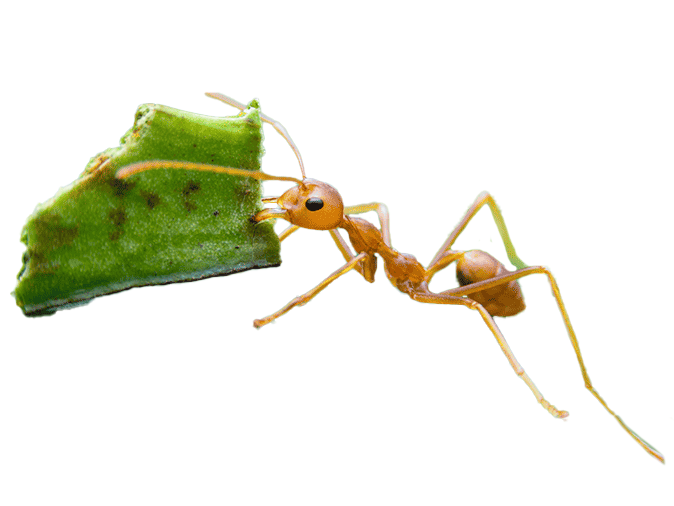 |
| Scientific Name: Atta cephalotes Location: South / Central America and Mexico Typically found: Humid forests and grasslands Fact: Despite their name, leaf cutter ants don’t actually eat leaves! They instead use them as natural fertilizer for fungi gardens in their colonies. |
Monarch Butterfly |
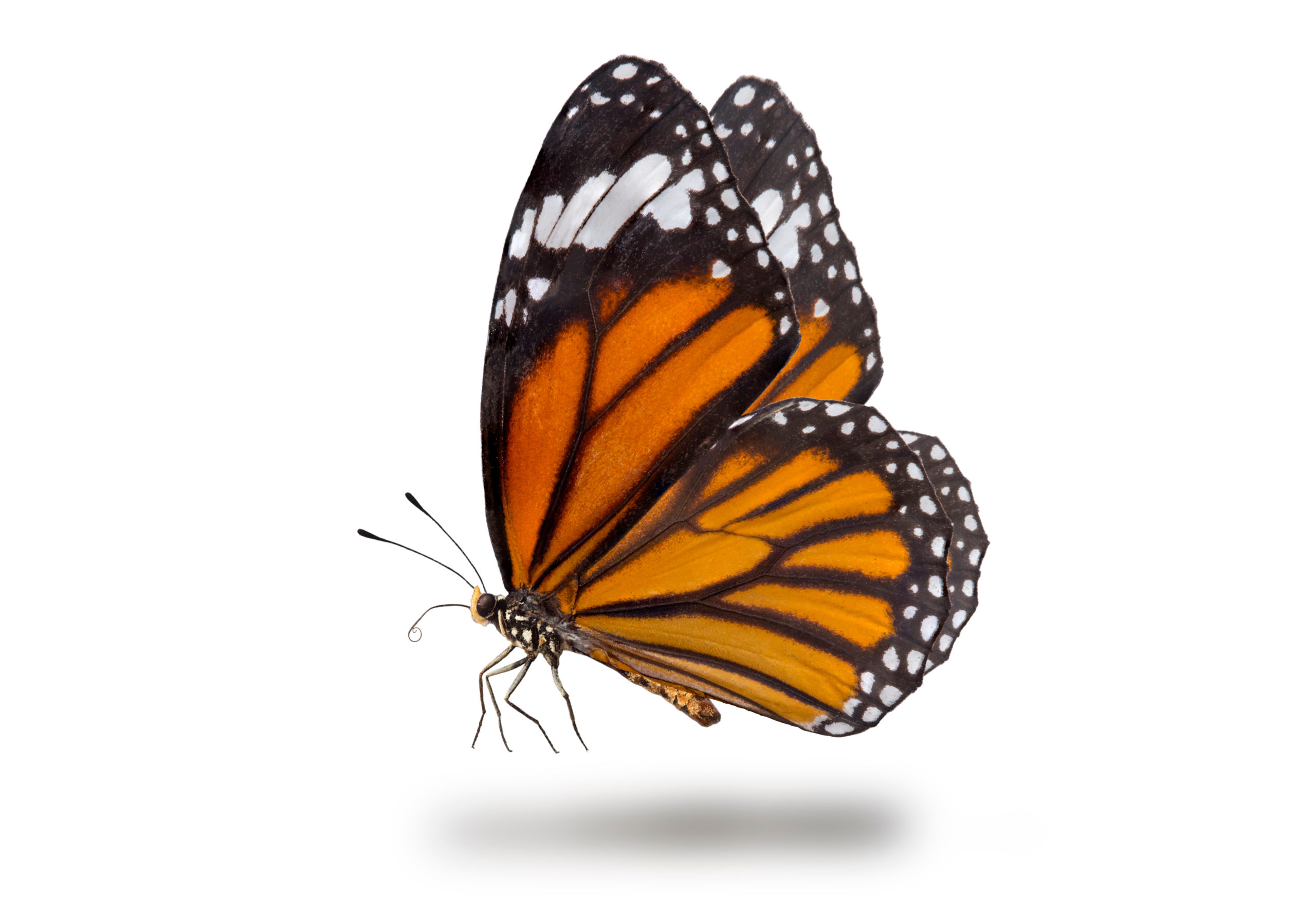 |
| Scientific Name: Danaus plexippus Location: North America Typically found: Meadows, fields, anywhere there are flowers Fact: The monarch butterfly is the state insect of Texas, Minnesota, Idaho, Illinois and Alabama. They have the longest migration of any insect. |
Monarch Caterpillar |
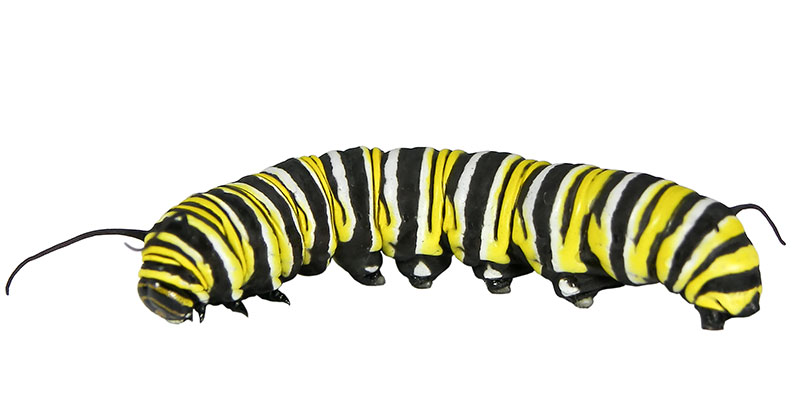 |
| Scientific Name: Danaus plexippus Location: North America Typically found: Meadows, fields, anywhere there are flowers Fact: The monarch caterpillar is a voracious eater and they can gain about 2,700 times their original weight. |
Peacock Jumping Spider |
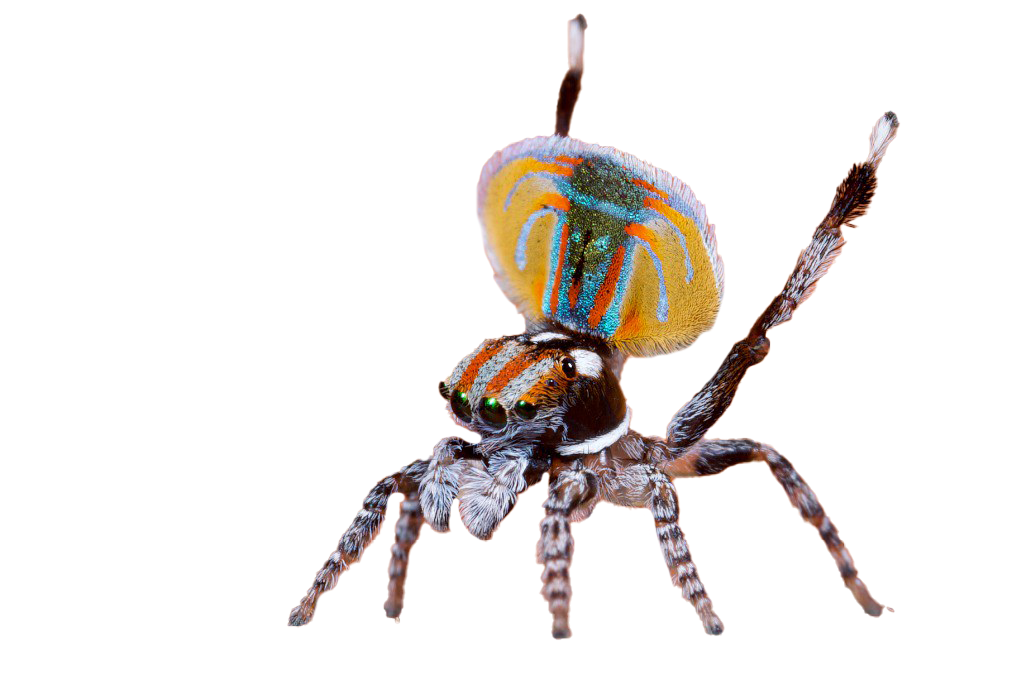 |
| Scientific Name: Maratus volans Location: Australia Typically found: Sand dunes, semi-arid areas and grasslands Fact: The male peacock jumping spider performs this “dance” as part of courting female spiders. |
Screaming Katydid |
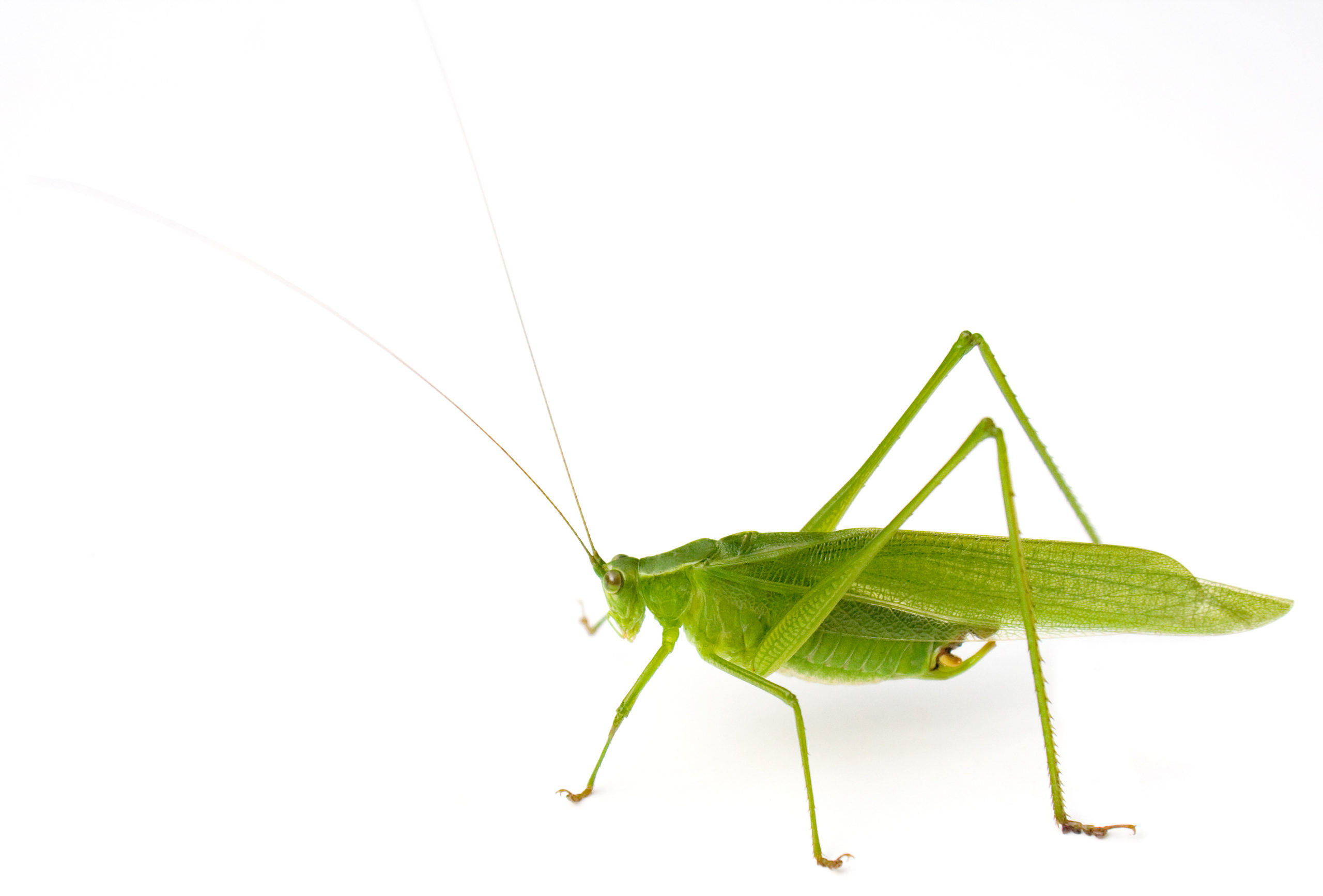 |
| Scientific Name: Pterophylla camellifolia Location: Every continent but Antarctica Typically found: temperate climates Fact: There are over 6,400 different species of katydid worldwide. |
Stink Bug |
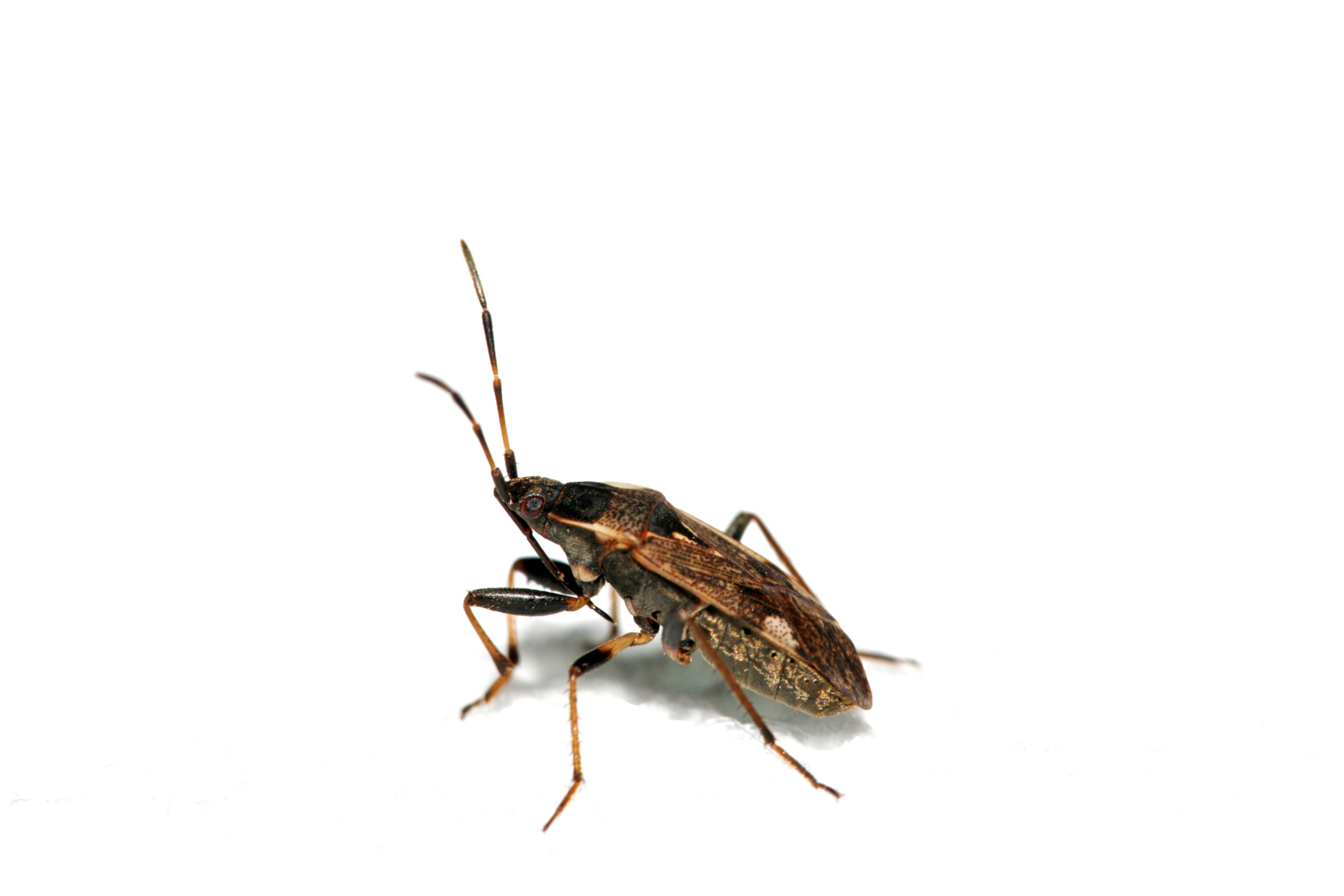 |
| Scientific Name: Halyomorpha halys Location: native to eastern Asia, but now can be found all over the United states Typically found: hiding in grass, under rocks, weed patches Fact:stink bugs also emit a chemical odor before hibernation when they’ve found a safe spot and wish to let other stink bugs find it. |
Walking Stick |
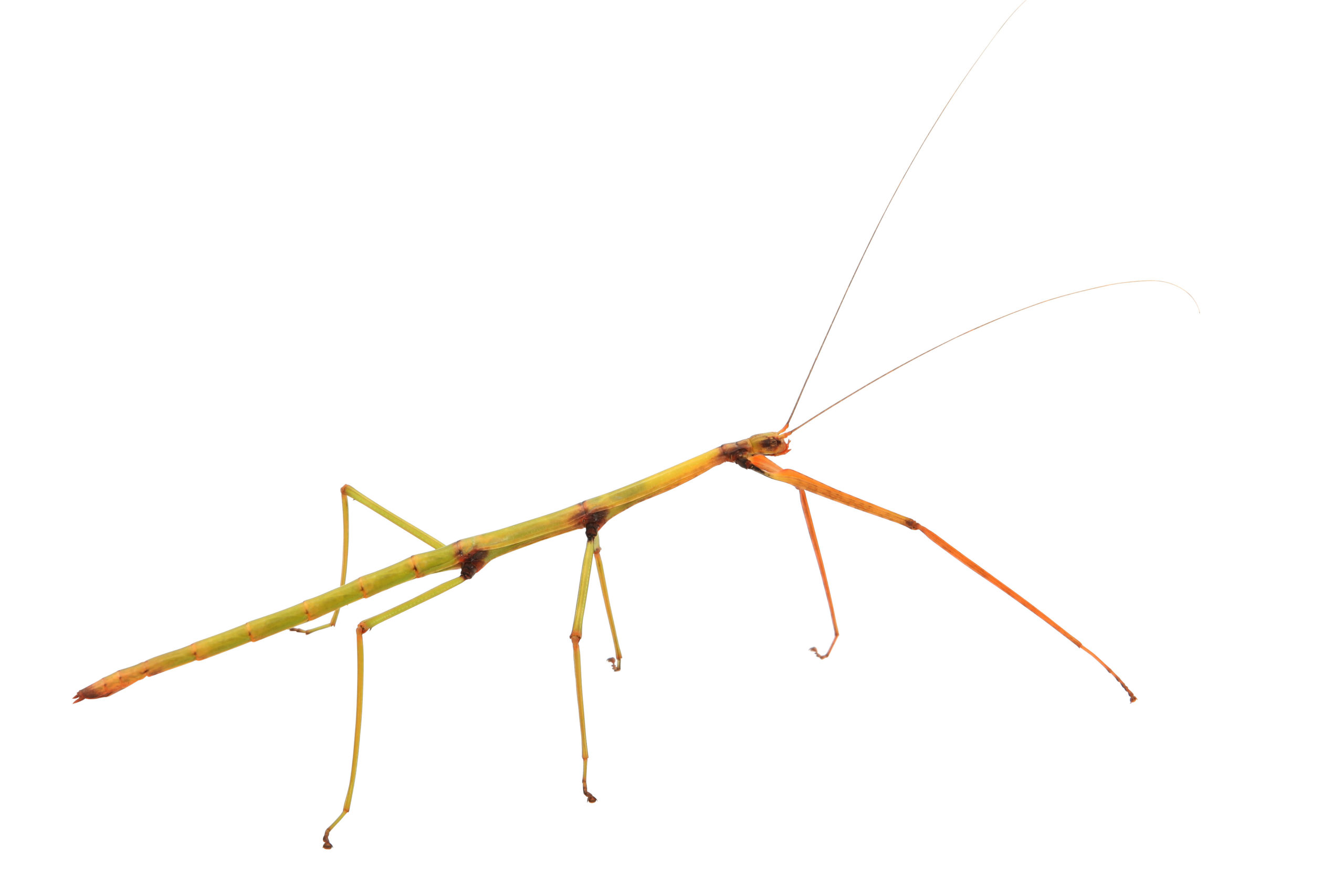 |
| Scientific Name: Order Phasmatodea Location: Every continent but Antarctica Typically found: forests and grasslands Fact: There are over 3,000 species of walking sticks worldwide, each adapted to specific habitats. Some even have wings! |
Western Carpenter Ant |
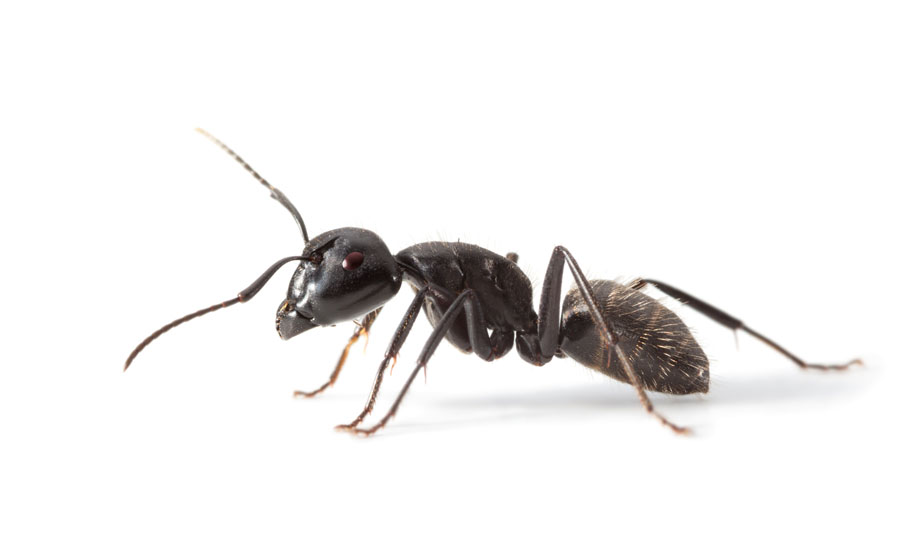 |
| Scientific Name: Camponotus modoc Location: United States Typically found: dead or decaying wood Fact: Despite their name, carpenter ants don’t actually eat wood, they chew through wood to create nests for their colonies of up to 50,000 ants! |
Western Harvester Ant |
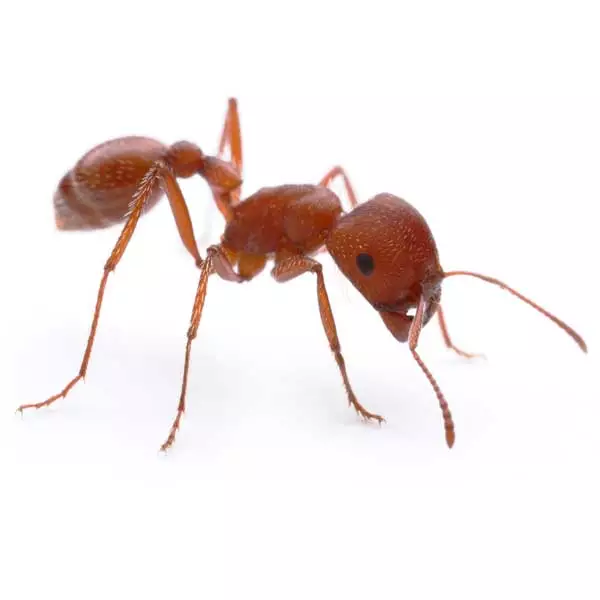 |
| Scientific Name: Pogonomyrmex occidentalis Location: Arid environments in the western United States Typically found: high plains and deserts Facts: Harvester ants name comes from their diet of primarily seeds. |
Do I need to buy an additional ticket to see the bugs?
IncrediBUGS is included with regular Zoo admission. No special tickets are required to see these incredible bugs!
When does the event end?
IncrediBUGS runs until September 18, 2022. Make sure you don’t miss out on meeting these enourmous animatronic wonders!
Are there photo opportunities with the bugs?
The Louisville Zoo has several photo opportunities for guests visiting during IncrediBUGS.
Where are the bugs located?
The bugs are spread out over the Zoo’s 130-acre campus. During your visit, discover the locations of all 18 gigantic insects; they are so large you can’t miss them!

